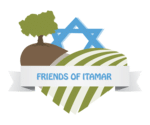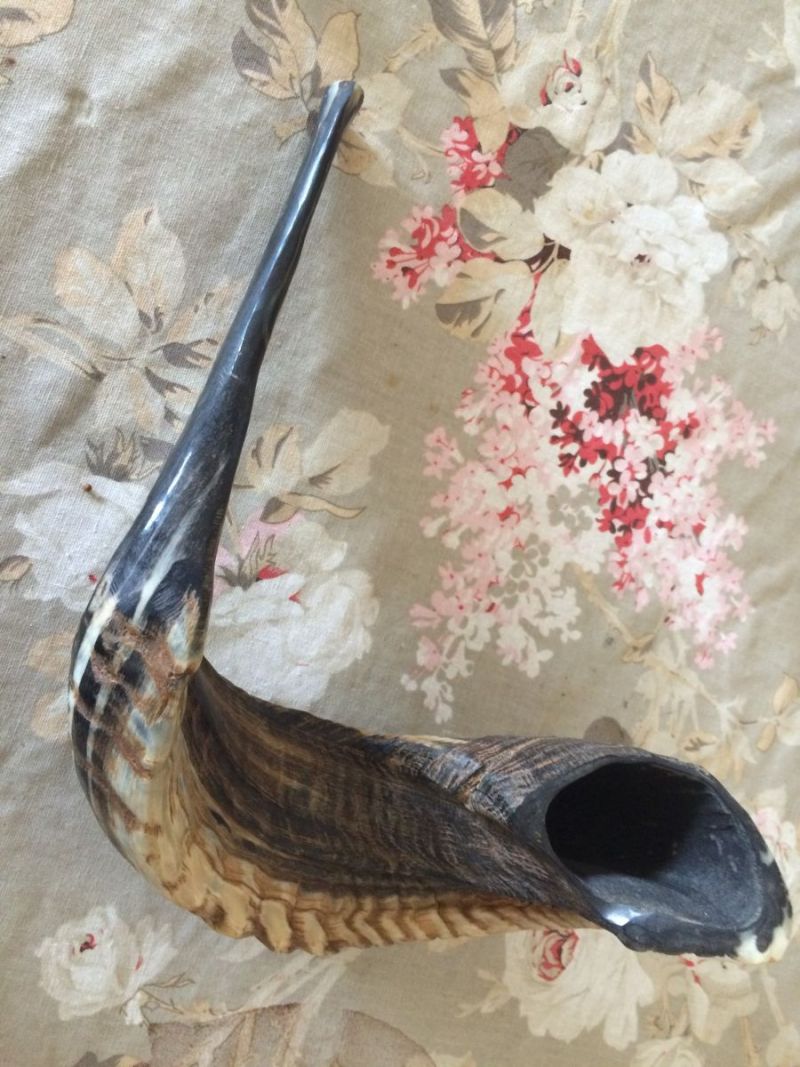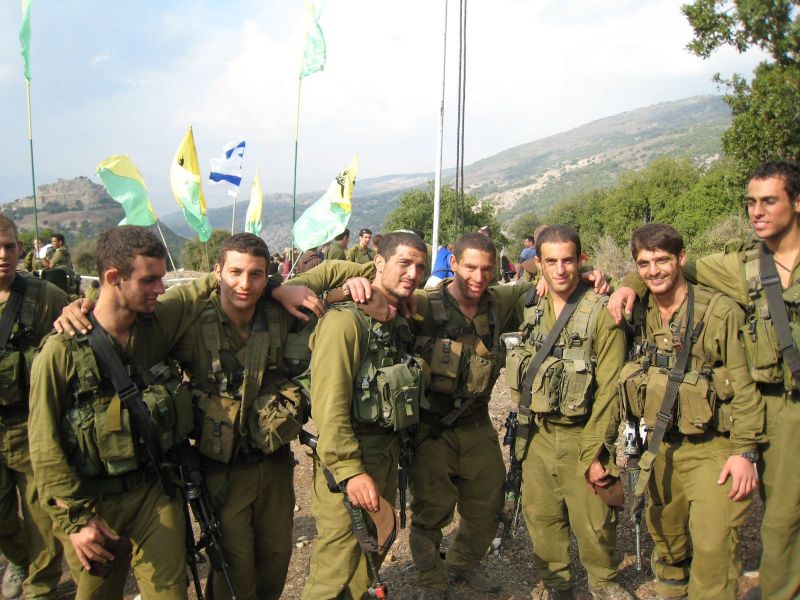Parashat Haazeenu – Connecting the Heavens and Earth
Philosophers and scientists have been toiling with the question of the origin of the universe since the beginning of human history. Aristotle believed that the universe is as etern
Parshat Nitzavim – Rosh Hashana Message for 5776
As the hour draws closer to our New Year which will mark the end of the sabbatical year, there is a feeling in the air that something big is about to happen. The reason for this im
Parashat Ki Tavo – A Heart of Stone or a Stone that is a Heart
Living on Itamar in the Shomron mountain range we have the amazing privilege of being able to witness every day the mountains of the blessing and the curse Har Grizim and Har Aval.
Parashat Ki Tisah – The Return of Lost Souls
This week’s Torah portion Parashat Ki Tezeh opens up with a topic that is difficult to grasp – the laws of “Eyshet Yifat Toar” (literally a women of a beautiful





